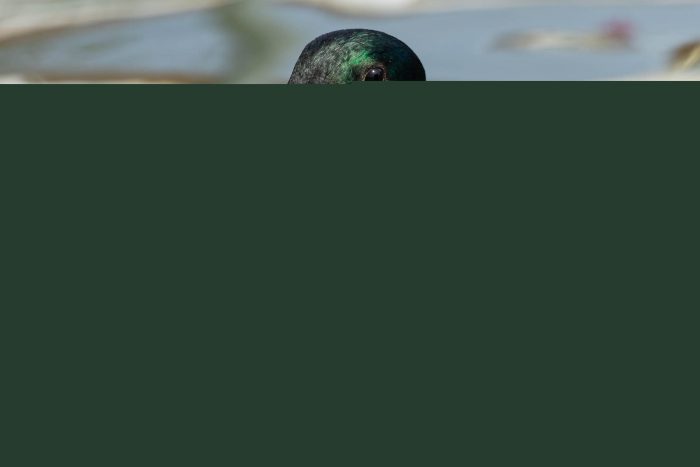Mallard
Anas platyrhynchos
The mallard is an extremely common dabbling duck that is easily identified by its iridescent green head and white neck ring. It lives year-round on shallow waters such as lakes, rivers and marshes throughout the Chesapeake Bay watershed.

